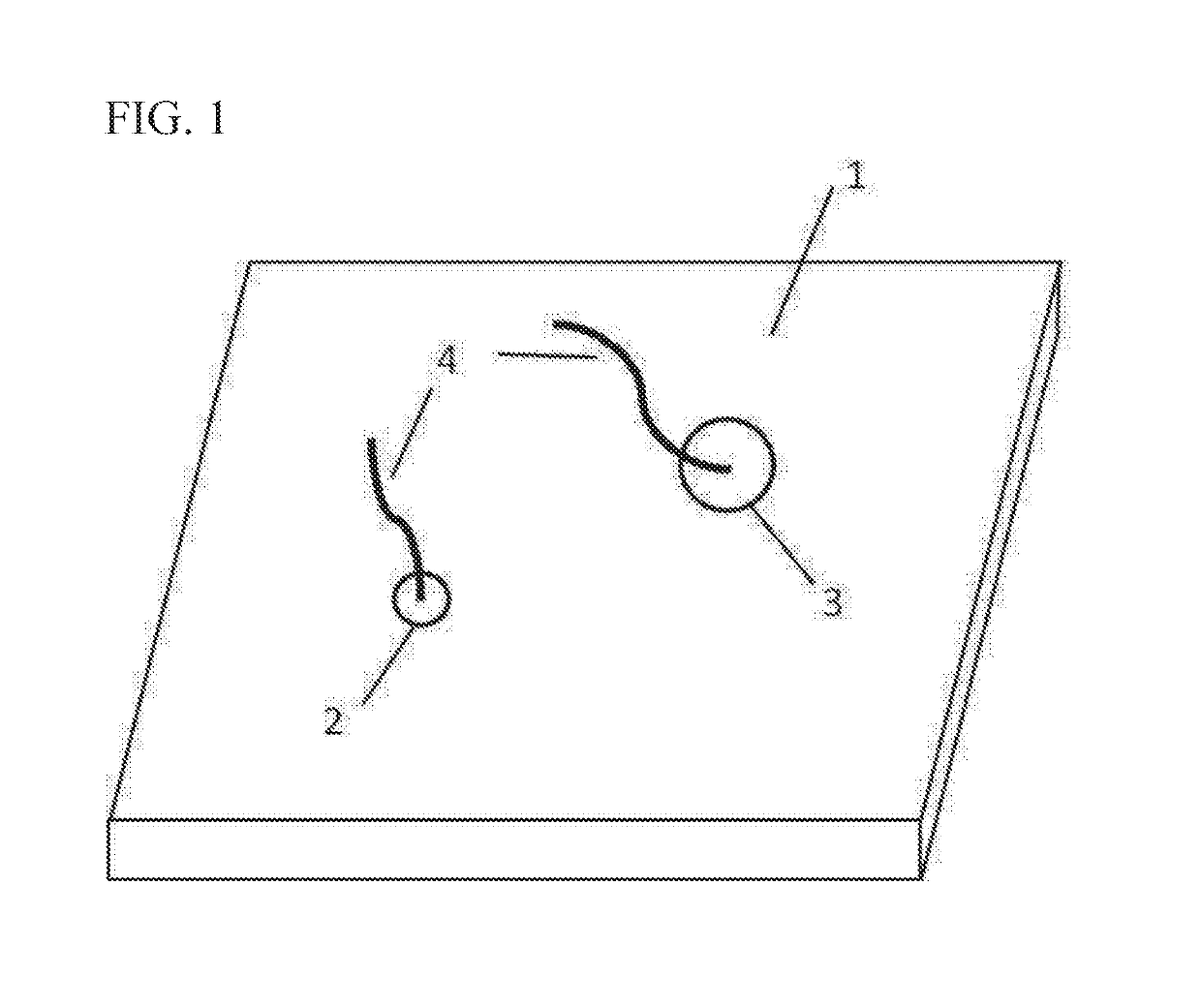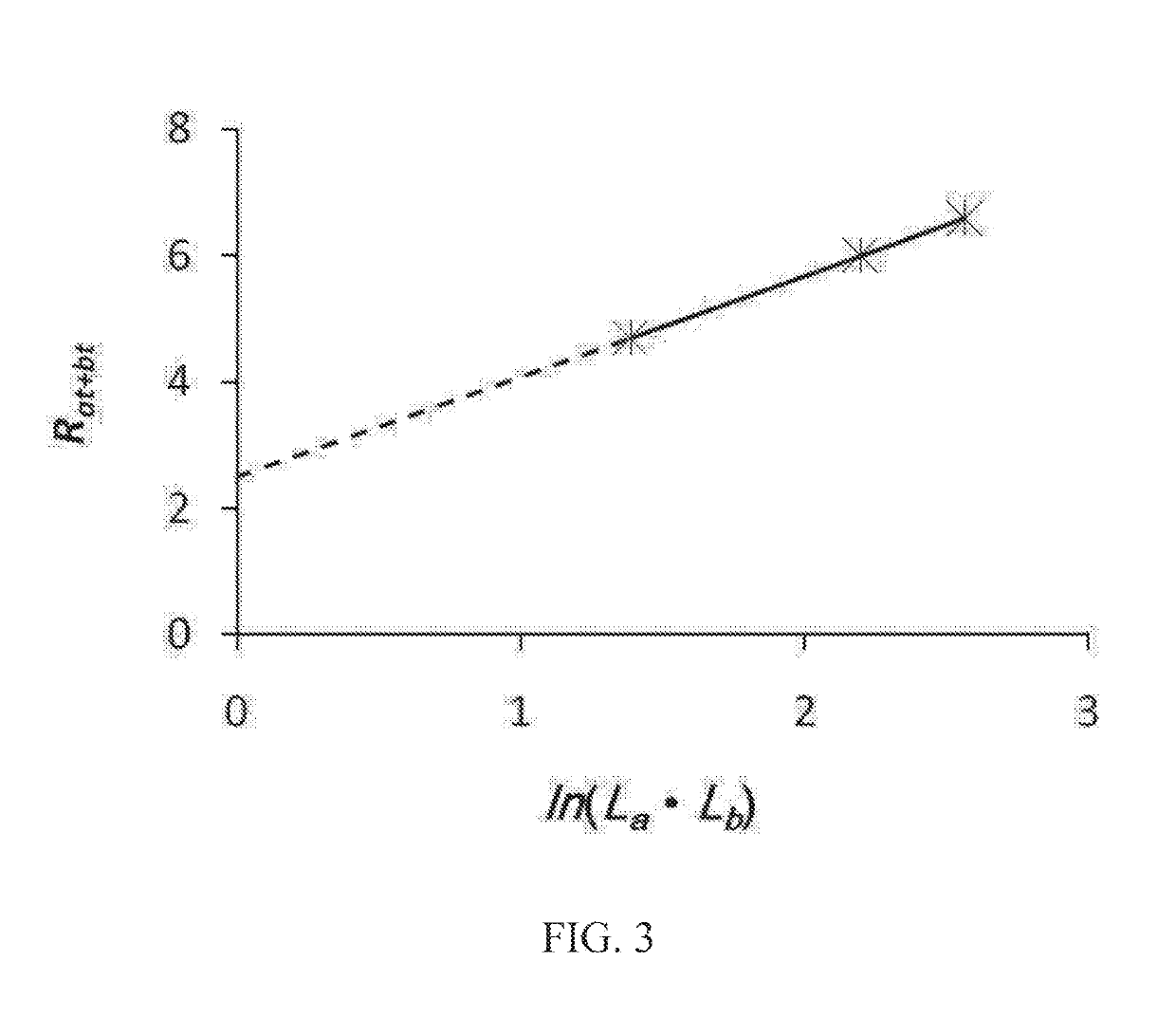Testing method for sheet resistance and contact resistance of connecting point of sheet material
a technology of conductive sheet material and test method, which is applied in the direction of resistance/reactance/impedence, earth resistance measurement, resistance/reactance/impedence, etc., can solve the problem that the potential field of the sample generated by the two terminal electrodes in the collinear four-probe array method is unavoidably affected by the two middle measuring electrodes, and affects the quality of the component directly
- Summary
- Abstract
- Description
- Claims
- Application Information
AI Technical Summary
Benefits of technology
Problems solved by technology
Method used
Image
Examples
Embodiment Construction
[0029]The present invention will be further described below with reference to the accompanying drawings and the following embodiments. It should be understood that the accompanying drawings and the following embodiments are only used for describing the present invention rather than limiting the present invention.
[0030]FIG. 1 is a schematic view of a method for measuring the sheet resistance of a sheet material with two circular electrodes. Wherein the radii of electrode A (i.e., the electrode 2 on the left in FIG. 1) and electrode B (i.e., the electrode 3 on the right in FIG. 1) are rA and rB, respectively, and the distance between the centers of the two electrodes is LAB. FIG. 2 is a schematic view of a method for measuring the sheet resistance and the electrode contact resistance of a sheet material with four small electrodes. FIG. 3 demonstrates the sheet resistance calculation of a sheet material by a least-squares linear fitting method. La and Lb are the distances between the e...
PUM
 Login to View More
Login to View More Abstract
Description
Claims
Application Information
 Login to View More
Login to View More - R&D
- Intellectual Property
- Life Sciences
- Materials
- Tech Scout
- Unparalleled Data Quality
- Higher Quality Content
- 60% Fewer Hallucinations
Browse by: Latest US Patents, China's latest patents, Technical Efficacy Thesaurus, Application Domain, Technology Topic, Popular Technical Reports.
© 2025 PatSnap. All rights reserved.Legal|Privacy policy|Modern Slavery Act Transparency Statement|Sitemap|About US| Contact US: help@patsnap.com



